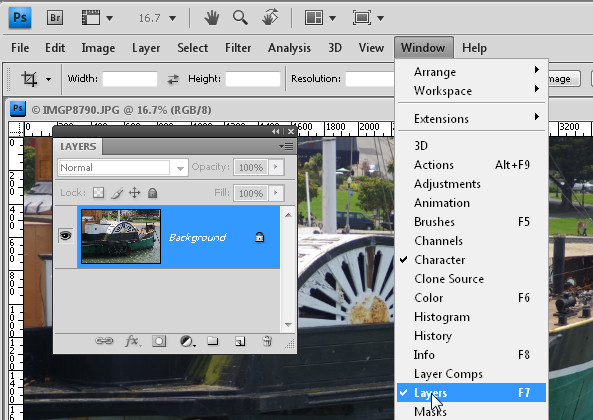
8/16/32bit per channel / RGB, CMYK, Lab, greyscale & monochrome colour swatches, spot colours, overprinting Photoline is compatible with most common Photoshop plugins, such as Topaz, NIK, and FilterForge, and loads Photoshop compatible brush and gradient libraries.įor a fraction of the cost (€59) of Photoshop, creatives and photographers receive a wide range of professional image editing and design features. Its image editing is on par with Photoshop. Need the cute font that we used? You can find that here on is an image editor which provides a mostly non-destructive professional workflow. You’ll find it at the bottom of this page. pxd file we used to create this quick tutorial and experiment yourself. Want to mess around with this yourself? Download the. Note: There are not options to merge layers or group layers, but you can drag and drop these layers to rearrange them manually. All of these visual indicators are designed so you can have more information about your layers while you’re editing. Note also that each layer that has a layer style added to it has a yellow starburst. Note that each layer in the layer menu has a different look depending on the type of layer it is: white background, image, transparent image, text. This is a great way to blend your images or add effects like a drop shadow to an object. You can also apply layer styles to any layer. Here, simply to show how it works, we lower the opacity of the seagull layer.

The button at the bottom-left of the Layers menu lets you control the opacity of any layer. Perhaps the handiest detail of layers is that you can change the opacity of a layer. We drag the seagull below the landscape layer, and the seagull disappears. You can also move your layers in the Layers menu. As you can see here, we move our landscape and the background peeks through. You can move each individual layer by selecting the Move tool and simply dragging your image around. Or, right click on the layer, and you’ll see a sub-menu with choices.

You can do this by double clicking on a layer and entering text. We like to keep things neat and tidy, so we are naming our layers. We have again used the select call, copy, and paste commands to place this seagull into the sky. This is an image of a seagull that has a transparent background already. We’ll add another image of a seagull that we have handy. You can paste in any image in this way (or even a selection of something you copied from another image). We could drag and drop these layers from the Layers menu to place one on top of the other if we wanted. (Note: You must select something before copying.)īy pasting in this image, we have automatically created a new layer on top of the background layer. While viewing that image, we select all, copy, and paste that image into our original blank canvas. Once we’ve done that, we open a new image (File > Open) of a beautiful ocean landscape. By default, that blank canvas is white, but you can check the “Transparent” box when creating a new canvas to make the background have no color whatsoever.

When you create a new document in Pixlr Editor, you are creating a new blank canvas. At the end, we’ll even give you a file you can download and open in Pixlr Editor if you want to experiment with layers yourself. To give you a very short and quick tutorial, we are going to take a blank canvas, insert a landscape image, add still another image, and add some text. The basics are foreign to people who have never used a graphic design app like this, but they are easy to understand once you get the hang of them. Layers are what make Pixlr Editor a powerful graphic design tool.


 0 kommentar(er)
0 kommentar(er)
